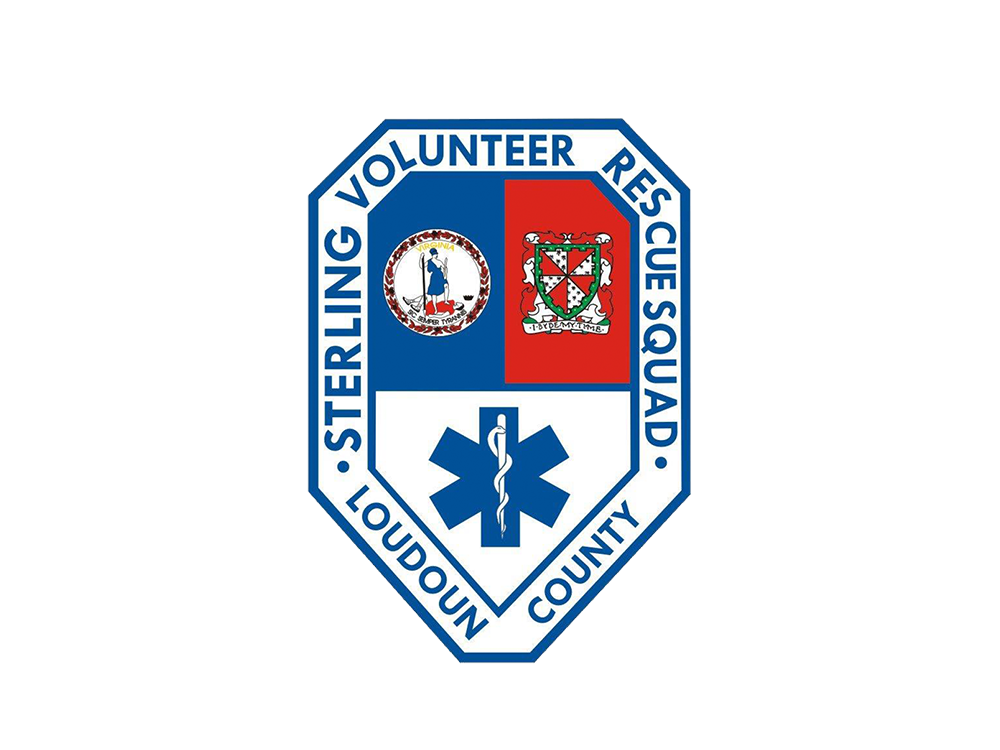Every summer, heartbreaking and preventable deaths happen when children are left alone in hot cars. More than 600 U.S. children have died that way since 1990, according to the nonprofit safety group Kids and Cars.
These cases happen when kids are left unattended in a hot car — sometimes because the driver forgot the child was there — or when kids get into unlocked cars without any adult knowing it happened. Within minutes, they can be in danger.
Here is what you must know:
- No Exceptions, No Matter How Brief
Some parents may not want to take their child in and out of their cumbersome car seat for what they believe will be a quick stop. But the stakes are too high.
“It is never OK to leave kids or pets in a car — even with the windows down,” says Christopher McStay, MD, an emergency room doctor and assistant professor of emergency medicine at New York University Langone Medical Center. “It is an absolute no-no.”
McStay has seen his share of hot car casualties in the emergency room. “Your car is a greenhouse and temperatures can get exceedingly hot in an exceedingly short period of time,” he says.
“There is no safe amount of time to leave children alone in the car,” says Nathan Allen, MD, an emergency medicine doctor at the University of Chicago. “Kids are more susceptible and at higher risk for heat-related illness and injury than adults because their bodies make more heat relative to their size and their abilities to cool through sweating are not as developed as adults.”
As a result, just a few minutes can be extremely dangerous — even fatal — for a small child.
- Know What Can Go Wrong
“Parents leave children in a car for lack of understanding about how sick they can get and how quickly they can get sick,” says Christopher Haines, DO, director of pediatric emergency medicine at St. Christopher’s Hospital for Children in Philadelphia.
“On a day that is just 72 degrees Fahrenheit, the temperature [inside a car] can increase by 30 to 40 degrees in an hour, and 70% of this increase occurs the first 30 minutes,” he says.
Heat stroke may occur when body temperature passes 104 degrees Fahrenheit. That overwhelms the brain’s temperature control, causing symptoms such as dizziness, disorientation, agitation, confusion, sluggishness, seizure, loss of consciousness, and/or death.
- Bystander? Get Involved
If you see a child alone in a hot vehicle, call 911 immediately, advises the National Highway Traffic Safety Administration (NHTSA). “If they are in distress due to heat, get them out as quickly as possible,” states the NHTSA’s web site.
Unfortunately, some child carriers have hoods, so you can’t tell if there is a child in the seat. Developing alarm systems that sound if a child’s seat belt is left fastened when the door shuts may be helpful in the future, McStay says.
- Remind Yourself
Some parents or caregivers may forget that there is a sleeping child in the back seat and go about their business.
Think it can’t happen to you? It can, says Mark McDaniel, PhD, a psychology professor at the university of Washington at St. Louis. Here’s how:
“The memory is faced with a challenge when it needs to remember something that you don’t do every day, such as take your child to school,” McDaniel says. For instance, maybe Mom usually does that, but for some reason, Dad takes the task for the day, he says.
“If the child has fallen asleep in their car seat, which is usually behind the driver’s seat, there is no visual information to remind you that there is a kid to drop off and if you have not done it day in and day out, you need a cue,” McDaniel says. “These are not bad parents, but people who don’t have a good understanding of their memory system.”
What can you do? Give yourself reminders. Keep telling yourself, out loud, to remember the child. And give yourself visual cues. For example, “place your briefcase beside your child so you must grab it before going to work, and will see your child,” McDaniel says. Or put your diaper bag on the seat next to you, so that you’re reminded that you have the child with you.
- Prevent Kids From Wandering Into the Car
Don’t let your children play in your car, make sure the car’s doors and trunk are locked when you’re not using it, and keep the keys out of kids’ reach. That may help prevent children from getting accidentally locked in the car, McStay says.
- Check That They Arrived
If your children take school buses or other modes of transportation, make sure that the transportation company follows established safety protocols, such as a bus driver walking through the bus to make sure no child is left onboard at the end of the route.
And call to make sure your child arrives as expected, if you are not there to greet your child, Haines says.
Originally published on WebMD (http://www.webmd.com/parenting/features/hot-cars-and-child-death-prevention#1)


